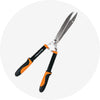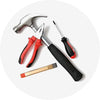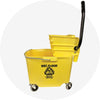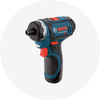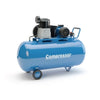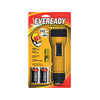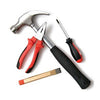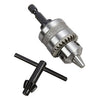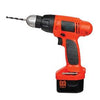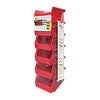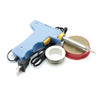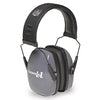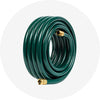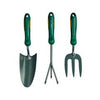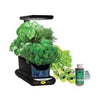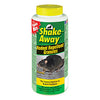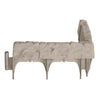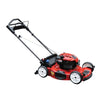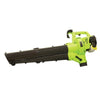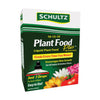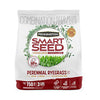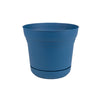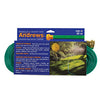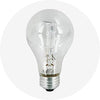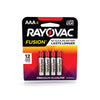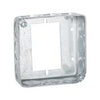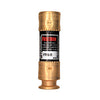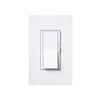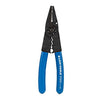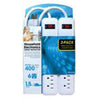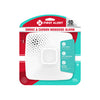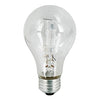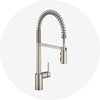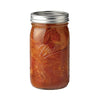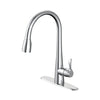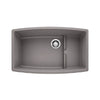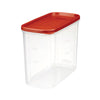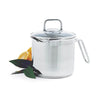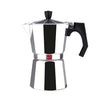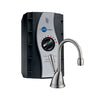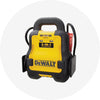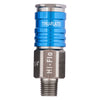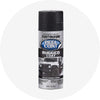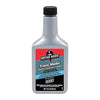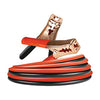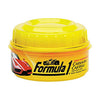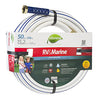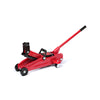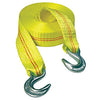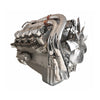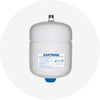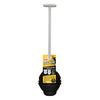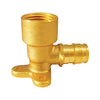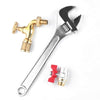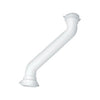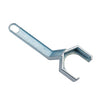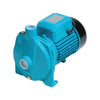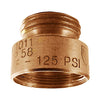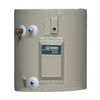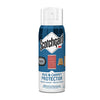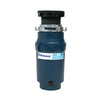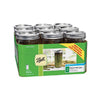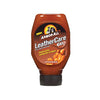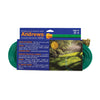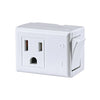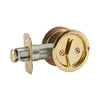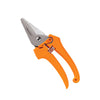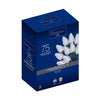5 Things To Consider When Setting Up a Hummingbird Feeder
∙ min read
Almost anywhere you live in the U.S. and southern Canada, you have a chance to enjoy the beauty of hummingbirds. About 14 species are regularly seen in these regions, with the ruby-throated hummingbird being the most common species in the East and the Midwest. In the West and Southwest, the black-chinned, the calliope, and the broad-tailed hummingbirds are the most widespread. A hummingbird feeder is often your best chance to get close looks at these feathered jewels.

Putting up a feeder that attracts hummingbirds is a relatively easy and inexpensive task. A little knowledge of feeders will increase your chances of bringing in the common species and make sure you benefit the hummingbirds without causing any harm to them.
1. Selecting the Right Hummingbird Feeder
There are many different types of feeders on the market. They come in a diversity of shapes, sizes, and materials. Nearly all will be filled with nectar, have some red coloring to entice the birds, and have a landing spot for them to drink from. The best hummingbird feeder for you depends upon your situation and the layout of your yard or gardens.
If you enjoy taking photos of these iridescent birds with their colorful gorgets, you will want something that brings them close. Several hummingbird feeders can be placed right on a window. Others are made to be set in the gardens, like a feeder pole, where the birds can come and go as they please with little interruption. Here are three quality feeders to consider:
-
The Perky-Pet glass nectar feeder, which comes with a 16-ounce capacity
-
The Perky-Pet plastic feeder (with ant moat) also carries 8-ounces of nectar solution
Hummingbird feeders mostly come in glass or plastic models; they can be hung from branches or a pole or even attached to a window with a suction cup. Some are fairly plain, like a dish feeder or a saucer feeder, while others have decorative designs to add to the beauty of your home or gardens.

2. Finding the Perfect Food
To fuel their incredibly high metabolism - with hearts that run at more than 1,000 beats per minute and wings that flutter 80 times per second - hummingbirds require nectar; this is why their long bills sip from flowers. They must have a regular source of high-octane fuel, and you can supply that in your hummingbird feeder. Here are a few great options for nectar to keep your birds fed and healthy:

3. Maintaining Your Hummingbird Feeder
It is essential to clean your feeders regularly to keep them free from harmful substances; this should be done about once a week to keep mold and bacteria from forming and hurting the birds. You can tell if the feeder needs cleaning by looking closely to see if the nectar is cloudy or if there is any debris floating in the solution. Most feeders will come with information on how to clean the item.
You might also have to clean and maintain some of the hummingbird feeder parts, take apart and wipe down the feeding stations with warm water now and then and clear out the feeding tubes from time to time. Occasionally, a part might break off, and you might need to replace the flowers or feeding ports.
If you enjoy tinkering with things, you can work on a DIY hummingbird feeder. It could be as simple as mixing your nectar formula, sugar water, or even making your own feeder. You will also want to consider easy cleaning when planning your feeder design.
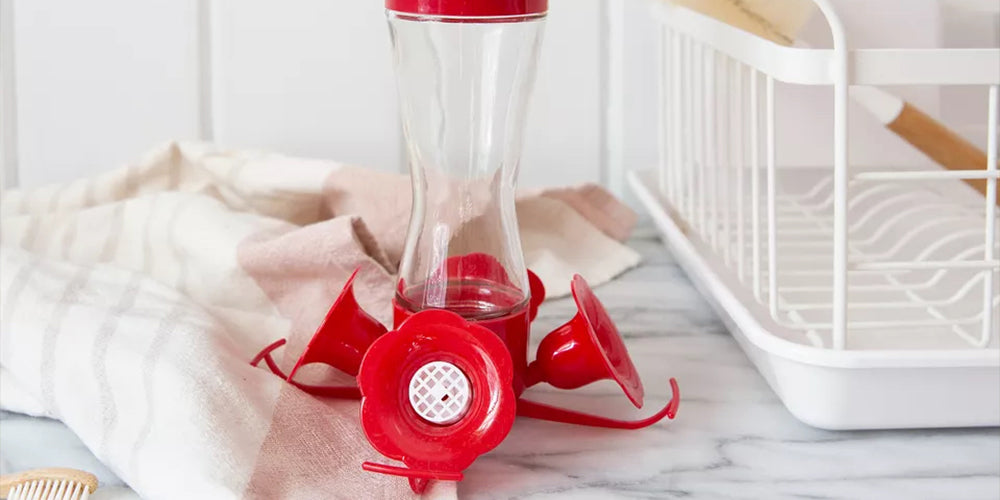
4. Locating Your Feeder
This is one of your most important considerations. Each person or family is different, which is why there are so many options. If you have a small apartment or don't have much space, a window hummingbird feeder makes a lot of sense. It will allow you to get close to these winged marvels and might even get you some excellent photos.
If you have more space and extensive gardens, you can opt for something more elaborate, like hanging your bird feeder on a pole or sturdy tree branch. You can also consider multiple feeders or feeding stations in your garden for various wild birds, including finches, orioles, and chickadees.
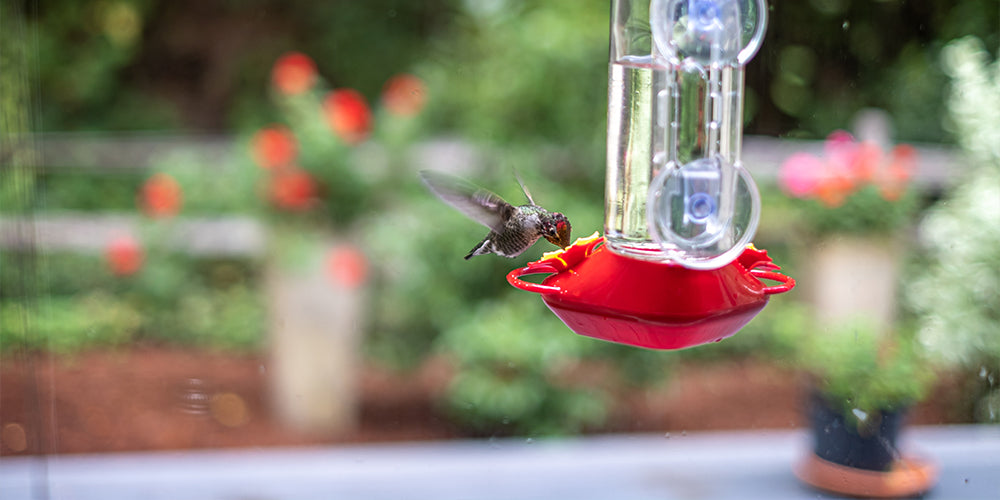
5. Perfecting Your Situation
If you are a hummingbird enthusiast, you might develop many creative ways to draw in your birds. You will find better locations to give you the best access to all of your feathered friends, and you will find better ways to keep the birds healthy by providing protective cover and water.
With the right feeding port and setup, you're sure to have pretty, winged visitors just outside your home.
You can always find the best bird feeders and hummingbird food at great prices here at Max Warehouse.
Shop Your Bird Feeder Today






